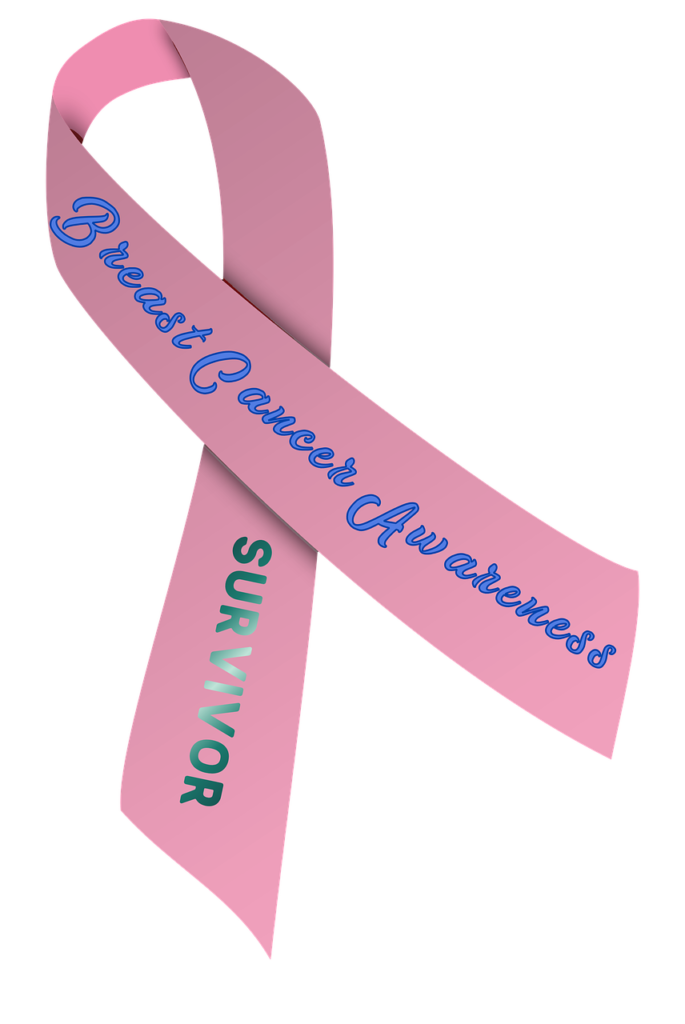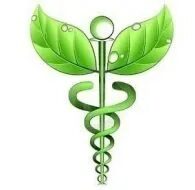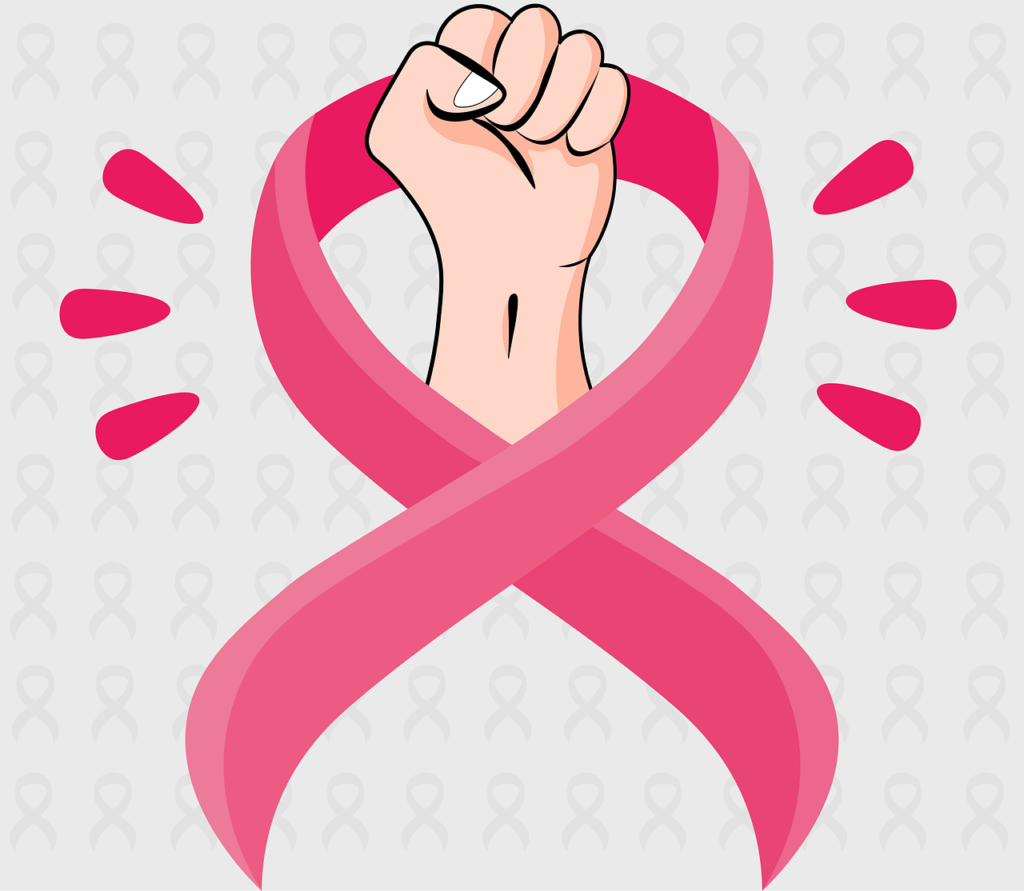
You’d be forgiven for thinking there’s been an increase in the number of young women diagnosed with breast cancer. After all, there has been, in recent years, an increase in media coverage of high-profile cases of breast cancer in women under 40.
Statistics show, however, that the numbers of women aged under 40 diagnosed with breast cancer have remained steady for almost 3 decades.

That doesn’t mean breast cancer is not a threat to young women. Almost one-quarter of women diagnosed with breast cancer are aged under 50 — the age at which routine screening mammograms start to be strongly recommended.
Here’s what you need to know about the detection of breast cancer in young women
Mammograms for women under 40
There is no evidence to support the routine use of mammograms in women aged under 40. One of the reasons, is the higher density of the breast tissue in younger women can make it difficult to detect cancers
For this age group, there’s an increased chance of a false positive result (the mammogram appears to suggest a breast cancer where none is present) or a false negative result (where a breast cancer that is present doesn’t show up on the mammogram).
All women aged over 40, however, are entitled to a free mammogram if they wish to have one, and all women aged between 50 and 74 are strongly encouraged to be screened every 2 years.
Be breast aware: know the signs and symptoms.
Getting to know your breasts is one of the best ways to detect signs of breast cancer — particularly for women who may be too young for mammograms.
Most breast cancers in young women are diagnosed as a result of investigating a lump or other symptom. Breast changes to look out for include:
- a new lump or any lumpiness, especially if it’s only in one breast
- changes to the shape or size of your breast, including any ‘thickening’
- any change to the
- nipple, such as crusting, ulcer, redness or inversion
nipple discharge that occurs without squeezing - changes in the skin over your breast, such as redness or dimpling
- persistent and unusual pain
If you notice any of these signs or symptoms, it does not mean you have breast cancer. But you should see your doctor.
Lifestyle tweaks can help prevent breast cancer
Breast cancer can strike anyone, regardless of your genetics. Less than 1 in 20 cases of breast cancers are associated with a family history. There are things you can do to reduce your risk of breast cancer, such as:
- be physically active on most days
- limit your alcohol intake
- consume 5 serves of vegies and 2 serves of fruit daily
- reduce intake of red meat and processed deli meats
- consider breastfeeding for longer if you have a baby
- quit smoking
October is Breast Cancer Awareness Month
Breast cancer is still the most common cancer among Canadian women (with the exception of non-melanoma skin cancer). But almost 9 in every 10 women diagnosed with invasive breast cancer will survive 5 or more years after their diagnosis.
Related posts:
Powered by YARPP.





